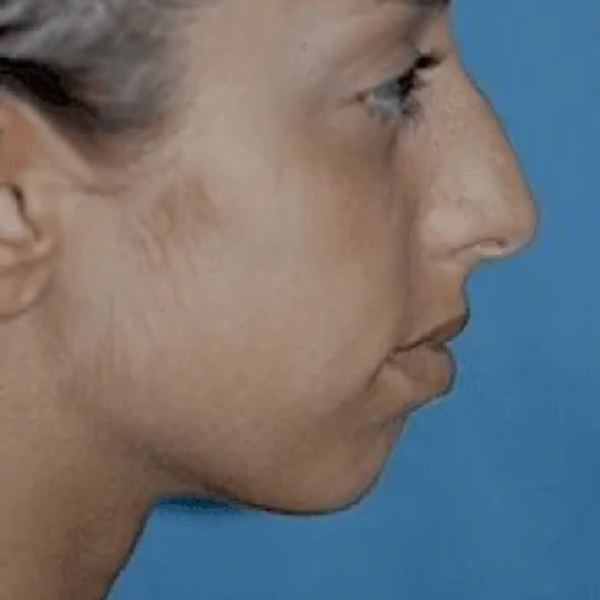Facelift surgery, also known as rhytidectomy, can be an exciting and transformative experience, as it can help rejuvenate your appearance and boost your self-confidence by significantly reducing signs of aging. However, it’s essential to be well-informed about the recovery process associated with this surgical procedure to ensure a smooth and successful outcome.
In this blog post, we share the top five things you need to know about facelift surgery recovery. From what to expect immediately after the procedure to long-term maintenance and care following your facial rejuvenation with facelift, we’ve got you covered. Continue reading to uncover the top 5 things you need to know about recovery after facelift surgery.
Contents
1. Understanding the Immediate and Extended Phases of Facelift Recovery
The initial recovery period after a facelift procedure refers to the immediate postoperative phase, which is typically the first week and second week following the procedure. During this time, patients commonly experience swelling, bruising, and localized discomfort at or around the incisions.1
The extended recovery time refers to the phase beyond the initial few weeks following facelift surgery and concentrates on gradual refinement. Most patients are comfortable going out in public after 2-3 weeks and feel fully recovered at approximately one month following the procedure with a full return to normal activities. Final results are typically visible in six months to one year as all swelling gradually subsides.2
2. Some Discomfort is Normal
During the initial stages of facelift recovery, it is common to experience some discomfort. Your plastic surgeon will prescribe appropriate pain medication to manage any pain or discomfort you may experience. In addition to medication, cold compresses and bromelain supplements can reduce bruising and facilitate healing. It’s crucial to follow the prescribed dosage and take any medications as directed. If you have concerns about pain management or experience excessive pain, don’t hesitate to reach out to the team at Associates in Plastic Surgery for guidance and support.
3. Patient Compliance is Critical
To ensure optimal healing and minimize the risk of complications, it’s essential to follow your surgeon’s postoperative care instructions diligently. These instructions may include guidelines for wound care at the incision sites, ointments and medication usage, activity restrictions, and follow-up appointments. Avoid strenuous activities, exposure to direct sunlight, and smoking, as they can hinder the healing process. By adhering to your surgeon’s instructions, you can enhance your recovery and achieve the best possible results for your facial plastic surgery.3
4. Expect a Gradual Return to Normal Activities
While you may be eager to resume your normal routine, it’s crucial to give your body ample time to heal before engaging in strenuous activities. Your surgeon will provide specific guidelines regarding when you can gradually resume your daily activities, including work, exercise, and socializing. It’s essential to be patient with yourself and avoid overexertion, as pushing yourself too soon can prolong the recovery process and compromise your results.
5. Long-Term Care and Maintenance
Facelift surgery provides a more youthful appearance and long-lasting results, but it’s essential to maintain a healthy lifestyle and optimal skincare habits post-surgery to preserve the outcome. Protecting your skin from excessive sun exposure and adopting a good skincare regimen that includes sunscreen will help maintain your rejuvenated appearance. Follow your surgeon’s recommendations on skincare products and techniques suitable for your skin type. Regular check-ups with your surgeon will also ensure that your progress is monitored and any concerns are addressed promptly.
Embrace the Journey: Optimal Recovery After Facelift Surgery
Facelift surgery can be a life-changing experience, but it’s vital to be well-prepared for the recovery process. Understanding the key aspects of facelift surgery recovery, such as managing swelling and bruising, pain management, following postoperative care instructions, gradually returning to normal activities, and long-term care, can greatly contribute to a successful and satisfying outcome. Remember to communicate openly with your surgeon, ask questions, and seek support whenever needed. With proper care and patience, you can enjoy the benefits of a rejuvenated appearance for years to come.
References
- Cleveland Clinic. Facelift (Rhytidectomy). Available: https://my.clevelandclinic.org/health/treatments/11023-facelift. Accessed June 9, 2023.
- ASPS. Your facelift recovery explained from Day 1 to Day 30. Available: https://www.plasticsurgery.org/news/blog/your-facelift-recovery-explained-from-day-1-to-day-30. Accessed June 9, 2023.
- ASPS. What results should I expect after a facelift? Available: https://www.plasticsurgery.org/cosmetic-procedures/facelift/results. Accessed June 9, 2023.









